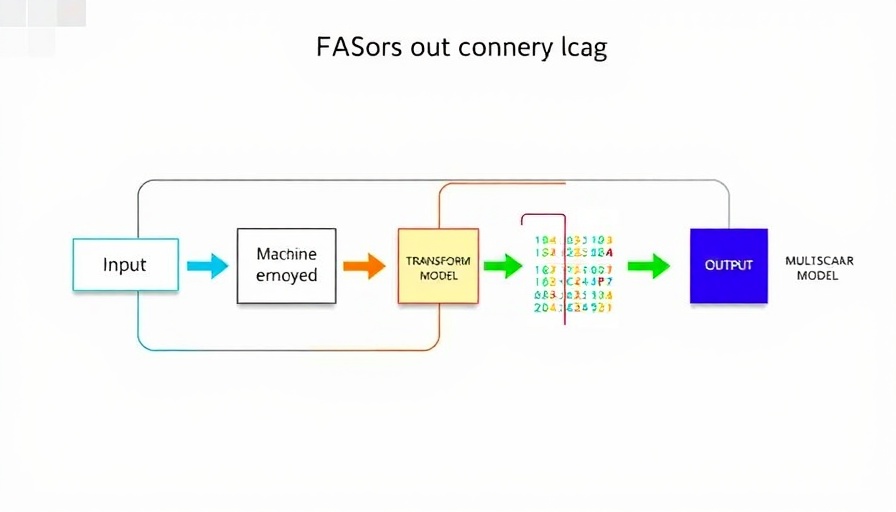
Leveraging Machine Learning in Water Purification Technology
Imagine a future where drinking water is free of toxic "forever chemicals," commonly referred to as PFAS (per- and polyfluoroalkyl substances). These chemicals are prevalent in household items ranging from makeup to nonstick cookware and pose severe health risks, including immune suppression and cancer. Unfortunately, PFAS contamination has spread widely, with over 200 million Americans exposed to unsafe levels of these substances in their drinking water.
Researchers at Georgia Tech are utilizing advanced machine learning (ML) technologies to address this pressing public health issue. Led by Yongsheng Chen, a professor in Georgia Tech's School of Civil and Environmental Engineering, this initiative is part of a collaborative multi-university effort aimed at creating more efficient membranes that can effectively filter out PFAS from water sources.
Challenges with Conventional Water Treatment
Conventional water treatment methods often fall short in removing PFAS, primarily due to the chemicals' resilience and the problematic byproducts generated during traditional cleansing processes. As Chen points out, "Solving one problem creates another problem"—a clear indication of the need for innovative solutions.
Exploring the Role of Machine Learning
The use of ML in this research marks a significant advancement in environmental engineering. By employing sophisticated models like XGBoost and multimodal transformers, the team can predict the effectiveness of various membrane materials in filtering PFAS. They are leveraging data sets that include characteristics of PFAS, membrane properties, and operational conditions.
One notable benefit of applying ML is its speed; it enabled researchers to identify eight potential membrane candidates in a fraction of the time previously required—reducing the initial trial-and-error phase from years to mere months.
Insights Beyond Removal
Pfacing environmental challenges requires an understanding of how PFAS interact with filtration membranes. The ML techniques employed help elucidate the governing factors that influence PFAS removal. Electrostatic interactions, size exclusion, and dehydration are identified as critical mechanisms affecting the transport of PFAS molecules through polyamide membranes.
Implications for Agriculture and Circular Economy
The findings of this research extend beyond water purification; they also hold potential benefits for agriculture. PFAS contamination in fertilizers sourced from treated wastewater could be mitigated, ultimately supporting sustainable farming practices. "Our goal is achieving a circular economy where materials never become waste," Chen stressed.
By developing membranes that target PFAS removal, it's possible to reclaim resources without compromising food and water safety—addressing the wider issue of environmental sustainability.
A Future Free of PFAS?
The team's ongoing research aims not just at removing long-chain PFAS but also at understanding shorter variants, which have proven more tenacious. As Chen optimistically concludes, "If we can better understand the mechanism, we will be able to design a robust membrane material to eradicate all PFAS. That could be game-changing." The intersection of technology and environmental chemistry signals a promising path forward in the quest for cleaner water.
 Add Row
Add Row  Add
Add 




Write A Comment